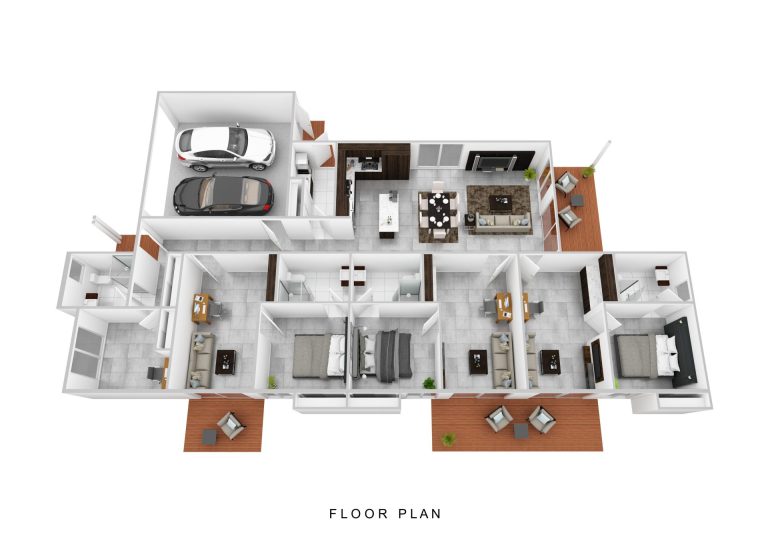Improved Liveability Accommodation
Another NDIS SDA property type
Creating a Better Home: How Improved Liveability Housing Accommodation is Changing the Game in Australia
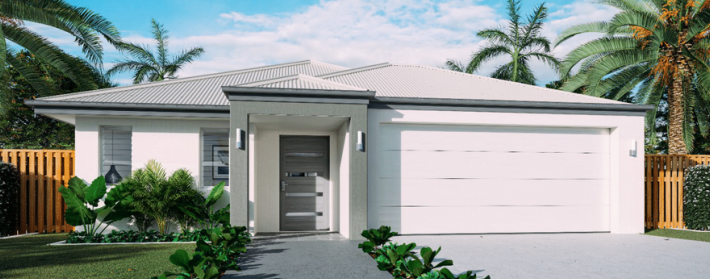
Improved liveability housing accommodation is a relatively new concept that has gained popularity in Australia in recent years. It refers to the design and construction of housing that is not only comfortable and functional but also enhances the quality of life for its occupants. This type of housing is designed to meet the needs of diverse populations, including families, seniors, and people with disabilities.
NOW ON OFFER: 2 NEW Improved Liveability SDA Home Designs
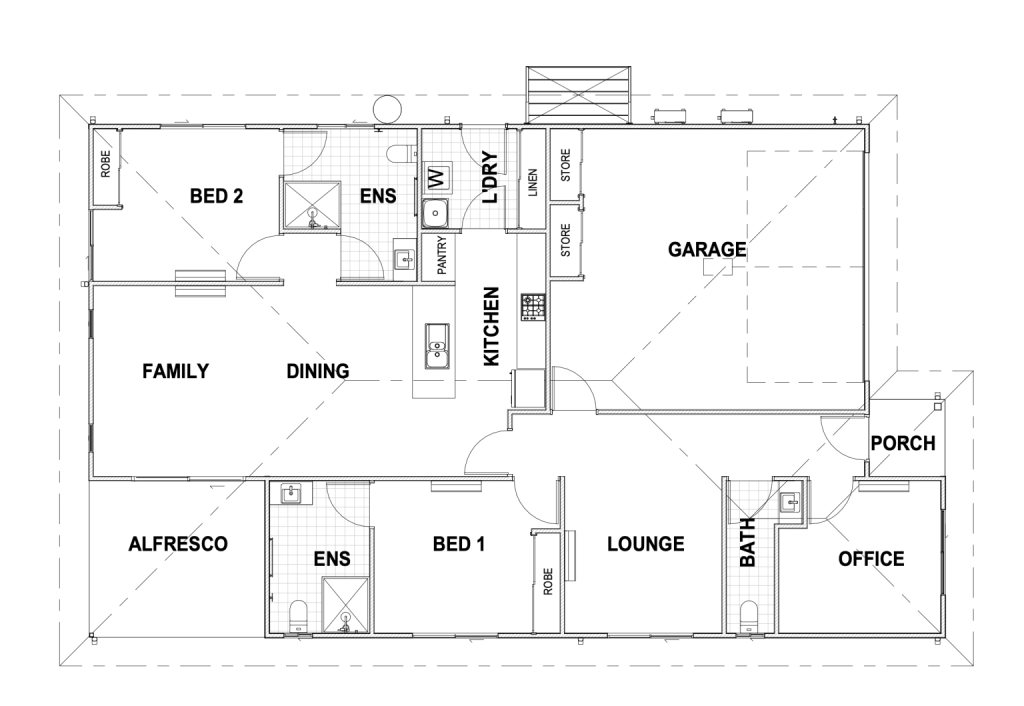
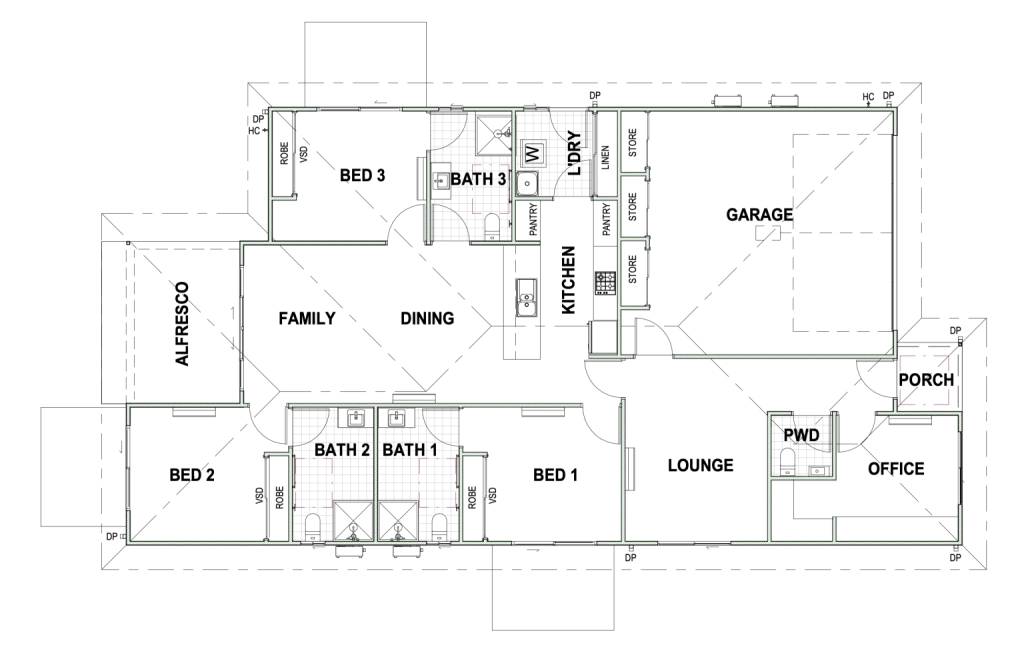
Introduction to Improved Liveability Housing Accommodation in Australia
As the world becomes more aware of the importance of sustainable living, there has been an increasing emphasis on creating housing that is not only affordable but also offers a better quality of life. In Australia, this has resulted in the rise of improved liveability housing accommodation. Read on to learn more as we discuss what improved liveability housing accommodation is, its benefits, design principles, features, and its impact on sustainability and affordability in Australia.
What is Improved Liveability Housing Accommodation?
The NDIS (National Disability Insurance Scheme) has established a set of standards known as the Improved Livability Standards (ILS) for Special Disability Accommodation (SDA) properties. These standards are designed to ensure that SDA properties are built or adapted to meet the specific needs of people with severe or profound disabilities.
The ILS is a guideline that sets the minimum requirements for SDA properties to be eligible for funding under the NDIS. The standard is designed to meet the specific needs of people with disabilities and to improve their independence, safety and comfort. Some of the key features of the ILS include:
- Accessibility: The ILS requires that SDA properties are designed to be accessible to people with disabilities, with features such as wheelchair ramps, wide doorways, and roll-in showers.
- Safety and security: The ILS requires that SDA properties are designed to be safe and secure for people with disabilities, with features such as emergency call systems, secure entrances, and surveillance cameras.
- Comfort: The ILS requires that SDA properties are designed to provide a high level of comfort for people with disabilities, with features such as air conditioning, soundproofing, and other amenities.
- Energy efficiency: SDA properties must also meet energy efficiency requirements and be sustainable.
- Automatic controls: Remote control of lights, appliances and other functions are also covered in the ILS.
- Communication: The ILS includes requirements for visual and auditory communication devices, such as text-to-speech software and alert systems, to support people with disabilities to be able to communicate effectively.
- Flexibility and adaptability: SDA properties must be flexible and adaptable to the changing needs of people with disabilities, with design elements that allow for easy modification and upgradation.
By adhering to the ILS, SDA properties can provide a safe, comfortable, and independent living environment for people with severe or profound disabilities, and it ensures that the accommodation is suitable for the participant’s needs, and will meet their specific needs for many years to come.
Benefits of Improved Liveability Housing Accommodation
Improved liveability housing accommodation offers numerous benefits to its residents. One of the key benefits is improved health and well-being. This type of housing is designed to promote physical activity and social interaction, which can lead to improved mental health and a sense of community. Additionally, improved liveability housing accommodation is often built in locations that are close to public transportation, making it easier for residents to access employment, education, and health care.
Another benefit of improved liveability housing accommodation is improved energy efficiency. This type of housing is designed to reduce energy consumption by incorporating features such as insulation, solar panels, and energy-efficient appliances. This not only benefits residents by reducing energy bills but also benefits the environment by reducing greenhouse gas emissions.
Improved Liveability Housing Accommodation statistics in Australia
Improved liveability housing accommodation has been gaining popularity in Australia in recent years.
According to a report by the Australian Housing and Urban Research Institute, there were approximately 1.8 million households in Australia in 2019 that were living in dwellings with at least one form of accessibility feature.
Additionally, the report found that the number of households in Australia with accessibility features is projected to increase to 2.8 million by 2041.
Design principles for Improved Liveability Housing Accommodation
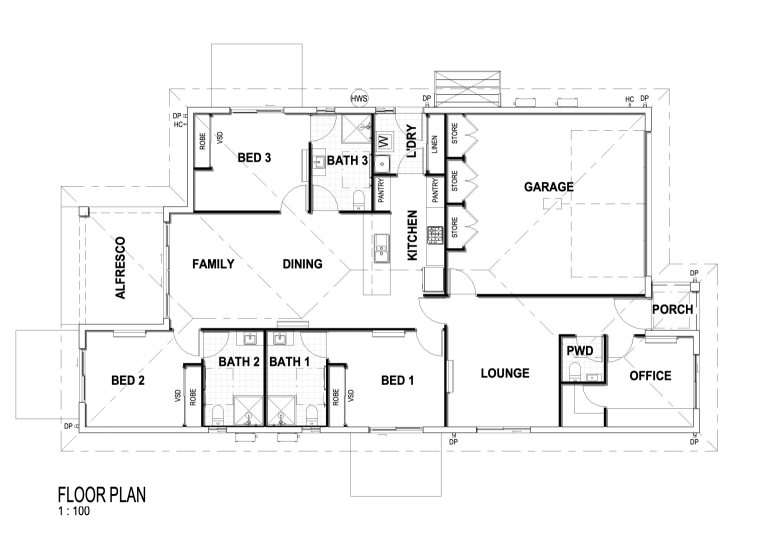
Improved liveability housing accommodation is designed with the needs of its occupants in mind. It incorporates design principles that promote health, safety, and well-being.
These design principles include:
Accessibility: Housing that is accessible to people of all ages and abilities, including those with disabilities.
- Natural light and ventilation: Housing that is designed to maximize natural light and ventilation, which can improve air quality and reduce the need for artificial lighting and heating.
- Outdoor space: Housing that incorporates outdoor space, such as balconies, courtyards, and gardens, to promote physical activity and social interaction.
- Universal design: Housing that incorporates universal design principles to ensure that it can be used by people of all ages and abilities.
Features of Improved Liveability Housing Accommodation
Improved liveability housing accommodation incorporates a range of features that promote health, safety, and well-being. These features include:
- Step-free entrances: Housing that incorporates step-free entrances to improve accessibility for people with disabilities.
- Wide doorways and hallways: Housing that incorporates wide doorways and hallways to improve accessibility for people with disabilities and to accommodate furniture and mobility aids.
- Non-slip flooring: Housing that incorporates non-slip flooring to reduce the risk of falls, particularly for seniors and people with disabilities.
- Accessible bathrooms and kitchens: Housing that incorporates accessible bathrooms and kitchens to improve accessibility for people with disabilities.
Other Design Features:
- Door handles, light switches etc designed for limited dexterity
- Sanitary facilities for ease of use and additional safety
- Lighting and luminance contrast to improve visibility
Improved Liveability Housing Accommodation and sustainability
Improved liveability housing accommodation is designed to be sustainable, with a focus on reducing energy consumption and greenhouse gas emissions. This type of housing incorporates features such as insulation, solar panels, and energy-efficient appliances to reduce energy consumption. Additionally, improved liveability housing accommodation is often built in locations that are close to public transportation, reducing the need for private cars and further reducing greenhouse gas emissions.
Improved Liveability Housing Accommodation and affordability
Improved liveability housing accommodation is designed to be affordable, with a focus on reducing the cost of living for its residents. This type of housing incorporates features such as energy-efficient appliances and solar panels, which can reduce energy bills. Additionally, improved liveability housing accommodation is often built in locations that are close to public transportation, reducing the cost of transportation for its residents.
For Investors: How Improved Liveability Housing Accommodation is the next big thing in property
Improved liveability housing accommodation is changing the game in Australia by providing affordable, sustainable housing that improves the quality of life for its residents.
This type of housing is designed to meet the needs of diverse populations, including families, seniors, and people with disabilities. It incorporates design principles and features that promote health, safety, and well-being, and is often built in locations that are close to public transportation. Improved liveability housing accommodation is a win-win for both residents and the environment, and its popularity is only set to increase in the coming years.
Some points to consider:
- Currently 22,000 participants with SDA supports
- Expected to grow to 30,000 by 2025
- Of the current 22,000 Participants, 23% are either looking for their first SDA home or a more suitable home (e.g. not an institution such as an aged care facility)
- Therefore will need to find homes for an additional 13,230 Participants by 2025.
- Only 687 additional homes were registered in 2022.
- 34% of Participants that are currently looking for an SDA home require I.L., which is the largest group of any category.
- Only 16.6% of homes are I.L. (WA – 11.6%, Qld – 10.5%, NT – 5.2%)
Are you interested in learning more about improved liveability housing accommodation? Contact us today to find out how we can help you build a portfolio of SIL homes.


